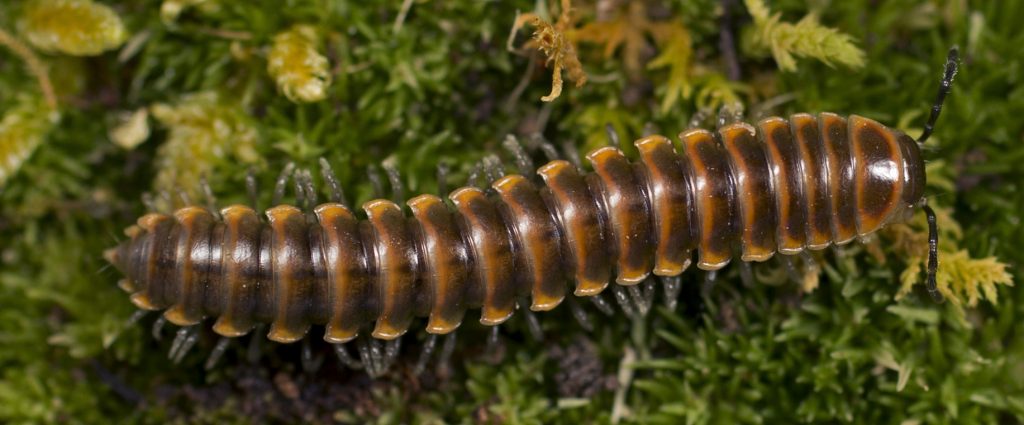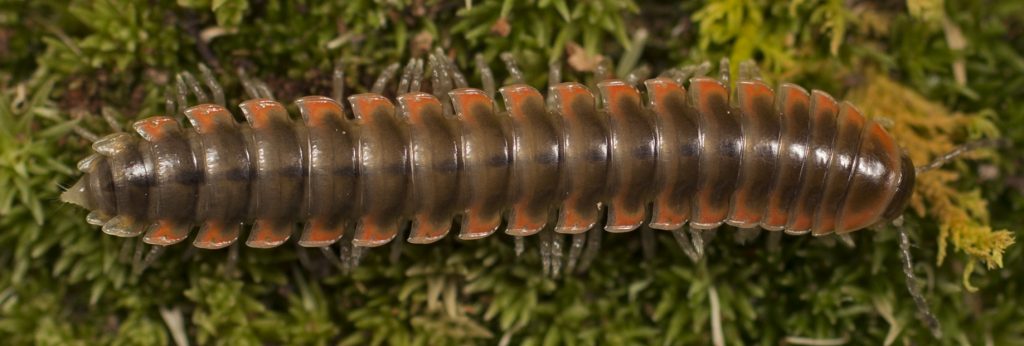Post by PhD student Jackson Means who is an expert in the taxonomy of Nannaria
Taxonomy, the naming and description of species, can be a tedious and exhausting undertaking. When one does taxonomy there are often long periods of intense focus, frequently while hunched over, staring through a microscope. Each morphological structure must be accurately documented, illustrated and compared to those of other species. DNA must be extracted, sequenced and run through complex phylogenetic analyses. There is a peace and beauty to the process, but to many, the amount of work and tedium would make the whole endeavor unpalatable. However, there is one thing that even the least taxonomically-inclined individual would find rewarding: the white-hot rush of discovery.

Fig. 1: The elusive Oenomaea pulchella (Bollman, 1889)
There exist few feelings as intense and wonderful as finding something that has never been described by science, or rediscovering a species that hasn’t been seen in decades. Oenomaea pulchella, which unfortunately lacks a common name, was one such species. Last collected in the 70’s by the renowned diplopodologist Rowland Shelley, O. pulchella is believed to be the closest living relative to a genus that we are in the process of revising, Nannaria, and has been something of a white whale for myself and my fellow lab mates for the past two years. Miraculously, this past weekend I found 13 individuals in the small Tennessee town of Bulls Gap. They were under a thin layer of mud in a trash-ridden swamp that I honestly thought was a terrible spot for collecting, but it was a last-ditch effort at the end of a long day. At first I couldn’t believe what I was holding in my hands, at just over 25 mm O. pulchella is not the easiest millipede to identify. But it’s bright coloration made it instantly recognizable as something different than the comparably drab Nannaria (Fig. 2). That rush never gets old, and I feel it every time I find a new Nannaria species, but not since my first new species have I felt that excited. Now on to the next white whale, Rhysodesmus restrans!

Fig. 2: An undescribed species of the genus Nannaria Chamberlin, 1918

